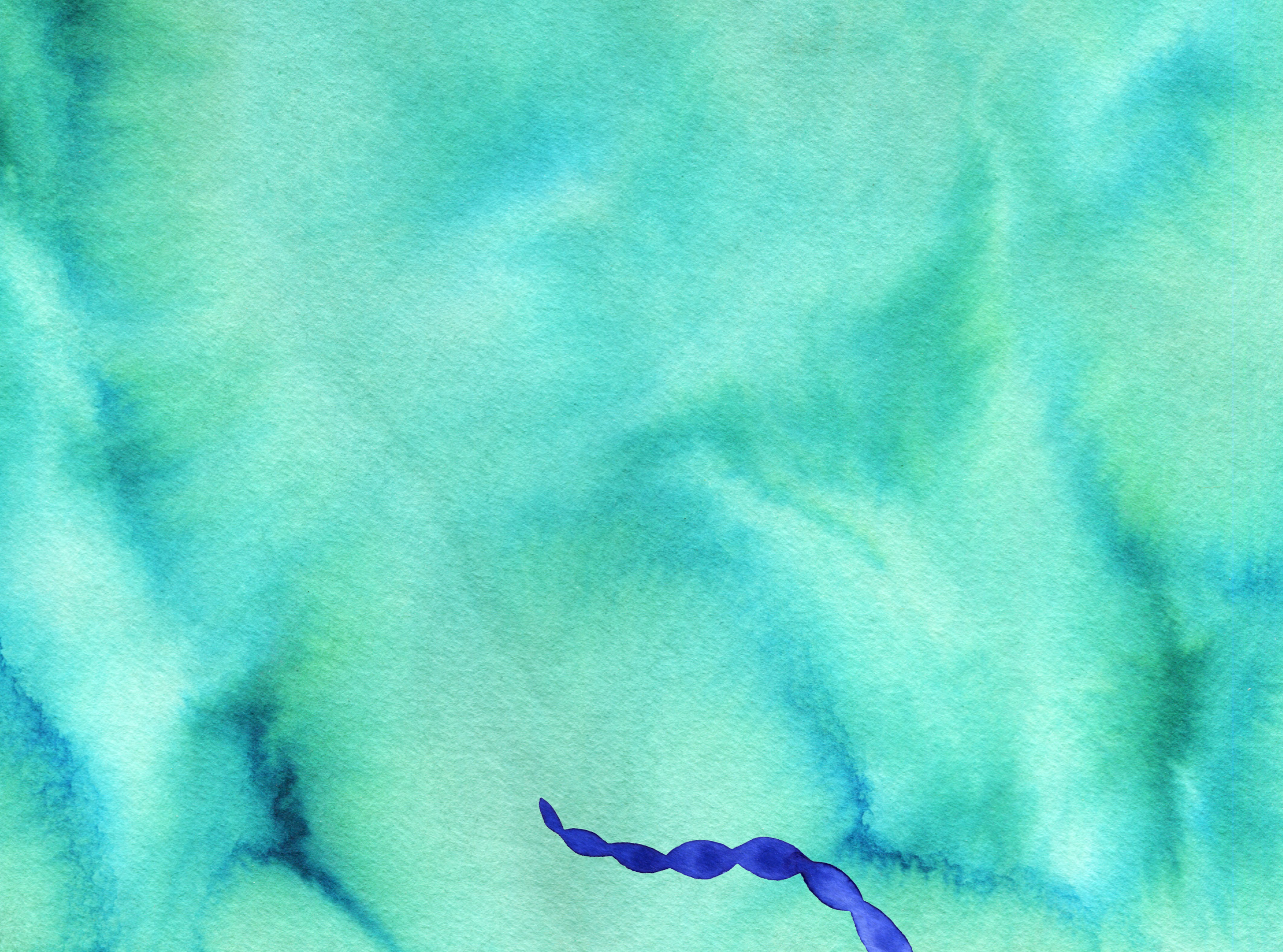
Environmental emotions are emotions related to environmental issues, environmental activism, and nature. The aim of this chapter is learning to verbalize one’s own environmental emotions. What kinds of emotions do clearcuttings, record heatwaves, or walking in a cool forest inspire in you? Where in your body do you sense these emotions? What kind of movement do they spark?
Table of Contents:
Warm-up Exercises
Emotional Continuum
Improvisation on Words for Emotions
Gratitude Circle
Listening to Your Body
Main Exercises
Stream of Consciousness on Environmental Emotions
Emotional Mind Map
Emotional Rhythm
Dictionary Definition for an Environmental Emotion
Freeze Frames on Environmental Emotions
Connection with Nature: Nature Poems
Warm-up Exercises

Aims:
The goal of the environmental emotions warm-up exercises
is to create a safe and encouraging group atmosphere
and to inspire the participants to observe their own bodies
and their emotions that are related to environment. Lower
secondary school and upper secondary school: the exercises
develop the transversal competences aims of taking
care of oneself and managing daily life and well-being competence.
Literary art basic education: the exercises develop the
aim development as a literary artist by improving sensitivity
to the use of one’s senses.
In a Group:

Emotional Continuum
(5 min)
Imagine an emotional continuum between opposite extremes in the classroom space. The participants go to stand at the position that corresponds to the emotions they have about climate change at the moment.
fear – calmness
sorrow – absence of sorrow / only very little sorrow
hope – despair
security – insecurity
anxiety – relaxedness
worry – unworried
excitement – indifference – being petrified
impulse to act – impulse to withdraw
The exercise is an adaptation of the Tunteiden käsittely (“addressing emotions”) exercise by Janette Hannukainen and Veera Kivijärvi in the Rivien välissä: Sanataiteellinen mediakasvatuksen opetusmateriaali yläkouluikäisille (“Between the lines: A literary art media education teaching material for lower secondary school”) (Kirjan talo 2019, p. 22).

Improvisation
on Words for Emotions
(10 min)
Verbalizing mental images inspired by various words for emotions. The teacher says aloud one word for an emotion at a time, and the participants react by answering questions about mental images.
Words for emotions:
joy, sorrow, love, hate, fear, hope
Mental images:
– In your opinion, what colour is this emotion?
– If this emotion was a sound, what would it sound like?
– What would this emotion smell like?
– What would this emotion taste like?
– If this emotion was a shape, what shape would it be?
– If you could touch this emotion, what would it feel like
to your hand? Would it be, for instance, smooth, rough,
soft, or spiky?
– How much does this emotion weigh in your opinion? Is
it light as a feather, for instance, or does it weigh a ton?
Method 1: Each participant writes the mental images inspired by the word on a paper.
Method 2: The group comes up with mental images orally and the teacher writes mental images sparked by each word under that word on the board.
This exercise has been developed by artist-researcher Henna Laininen in cooperation with environmental researcher Panu Pihkala.

Gratitude Circle
(10 min)
The teacher instructs: “Think about one thing, big or small, that you are grateful for today and that you are ready to share with others. It can be a thing that gets you in a good mood or that makes you feel safe. It can be something beautiful that you saw on your way to school. Or maybe it is a person, a place, or an object that is important to you. Lift your thumb when you have come up with your source of gratitude.”
Next, everyone takes turns telling what they are grateful for. According to environmental philosopher Joanna Macy, gratitude is a resource that helps us deal even with the more difficult emotions that stem from the environmental crisis.
Read more about gratitude: Joanna Macy & Chris Johnstone: Active Hope – How to Face the Mess We’re in without Going Crazy ( New World Library 2012).

Alone or in a Group:

Listening to Your Body
(10 min)
Warm-up:
Shake your arms and your legs. Do a few stretches in
different directions. What sort of stretch or movement does
your body call for just now? Next, squat down and scrunch
yourself up as small as you can. While you do this, also
scrunch up your face. Now, stand up on your toes, reach up
high and stretch yourself as tall as possible, opening your
eyes and mouth at the same time. Repeat the scrunch and
the reach a couple of times.
The Quiet:
After the warm-up, quiet down. You can do this sitting
down or standing up. Close your eyes and take a few deep
breaths. Listen to your breath and to your body. Do you
become aware of any sensations or emotions? Just notice
them, there is no need to change them in any way. In the end, think about something that you are grateful for
today. Feel how gratitude spreads as warmth into your
chest. Feel gratitude spreading its warmth to your head,
to your right arm and hand, your left arm and left hand,
your torso, your right leg and your right foot, your left leg
and left foot. Feel gratitude filling your entire body. You
can now open your eyes.
Main Exercises
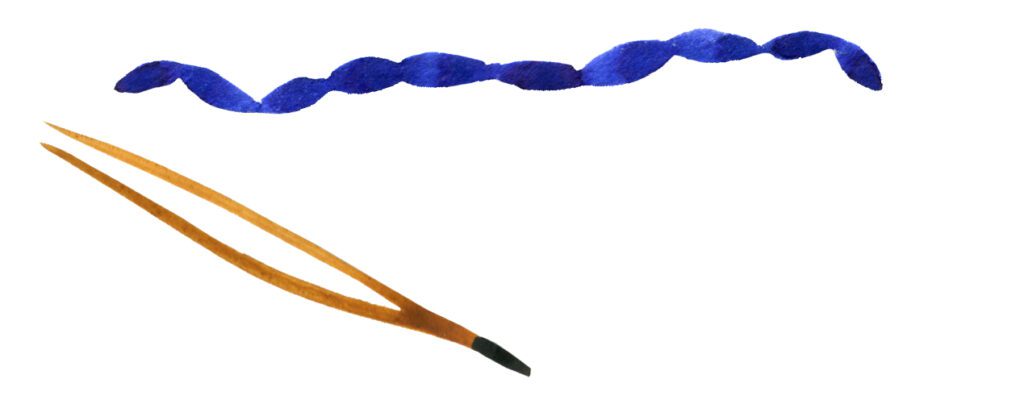
Stream of Consciousness
on Environmental Emotions
(25 min)
Aims:
To connect with one’s own emotions through free writing.
Debriefing with the group after doing the exercise creates
a space for listening to other peoples’ emotions and for
sensing the emotional atmosphere in the group. The
Stream of Consciousness exercise and the Emotional
Mind Map exercise also serve as relatively easily
approachable introductions to more intensive-reaching
emotional work. Lower secondary school and upper
secondary school: the exercise develops the transversal
competences aims taking care of oneself and managing
daily life as well as well-being competence and interaction
competence. Literary art basic education: the exercise
develops the aim own voice as a writer – the exercise
gives the learner an opportunity to verbalize their own
emotions and introduces the stream of consciousness
method as a way to initiate the creative process.
Tuning in (10 minutes):
The teacher gives a brief introduction on why it is
important to address emotions that are related to climate
change. Depending on the target group, this can be done
in various ways, for example:
a) Orally:
The teacher reads aloud or covers in their own words the
introductory text “Why addressing emotions related to
climate change is important” and shows on data
projector the images “Emotions sparked by global issues” and “Finns’ emotions related to climate change”.
b) Using video:
Watch the first 6 minutes 50 seconds of the talk “How
your climate emotions can save the world” by psychologist
Katharina Van Bronswijk at a TEDx event:
https://www.youtube.com/watch?v=ZE_TMzLCI_Y
Exercise (10 minutes):
For six minutes, write down your stream of consciousness
on emotions related to climate change. Stream of
consciousness means that you let your hand(s) work
with the pen or on the keyboard without stopping, just
recording everything that happens to cross your mind.
You will not be asked to read what you write to anyone.
Begin your text with the words: “When I think about climate change, I feel…” After three minutes, continue writing, this time beginning with the words: “At this moment, I get strength from…” and write for three more minutes. You can use the List of Words for Emotions.
Debriefing (5 minutes):
a) Alone:
Read your text and underline with different colours:
– words or subjects that are repeated often in the text
– thoughts or things you would like to change
– thoughts or things that give you strength
b) With the group:
Each participant chooses 1–3 words from their stream
of consciousness and writes them on large pieces of
paper. Arranging the papers on the floor of the room
or attaching them on the wall of the room, the words
collected from the group are used to create a word collage
co-authored by the group. Finally, the teacher reads aloud
the new text.
An alternative debriefing method
(for groups that enjoy performing):
Each participant underlines from their stream of
consciousness one word that they want to share with the
others. The participants stand in a circle. Everyone in
their turn says their word aloud and performs a posture, movement or gesture they feel is fit to express that word.
The other participants echo the word and mirror the
physical gesture.
The exercise makes use of the materials produced by the Toivoa ja toimintaa project, such as the process writing exercise by Maija Raikamo available at https://toivoajatoimintaa.fi (in Finnish only).

Emotional Mind Map
(35 min)
Aims:
To become familiar with the vocabulary of enviromental
emotions. The participants practise recognising various
environmental emotions in their own personal exprience,
and understanding and analysing their own emotional
landscape and the relationships between various
emotions. To learn to share emotions with others and to
increase understanding of other people’s emotional landscape.
The Emotional Mind Map exercise and the Stream of Consciousness on Environmental Emotions exercise also serve as relatively easily approachable introductions to more far-reaching emotional work. Lower and
upper secondary school: the exercise develops the transverse
competences aims taking care of oneself and managing
daily life as well as well-being competence and interaction
competence. Literary art basic education: the exercise develops the aim own voice as a writer – the exercise introduces
mind map as an idea development tool, expands
vocabulary, and invites participants
to create metaphors.
Tuning in (10 minutes):
The teacher gives a brief introduction on why addressing
emotions that are related to climate change is important
(see the Tuning in section for the Stream of Consciousness
on Environmental Emotions exercise).
Exercise (15 minutes):
Familiarize yourself with the list of words for emotions. Pick from the list the words that describe
emotions that climate change inspires in you. These
emotions can be directly related to climate change or
connected to matters that are related to climate change,
such as climate activism or forests that sequester carbon
and thus moderate climate change. You can also use
emotion words that do not appear on the list. Draw a
mind map about the emotions you have that are related to
climate change. You can, for example, write your strongest
emotions with large capital letters and the less powerful
emotions with lowercase ones. You can also connect
emotion words that are related to each other with lines or
arrows and add pictures to your mind map.
An alternative method:
Creative writing groups can use mind maps to work
on inventing figures of speech that describe their
environmental
emotions. Each participant draws a map of an imaginary terrain and names locations on the map
with names that combine words describing locations or
features of nature with emotions that are related to them (
for
example: “mire of misery”, “the endless desert of longing”,
“the spring of hope”, “the construction site of courage”).
Debriefing (10 minutes):
Use AnswerGarden ( https://answergarden.ch/) or some
other suitable word cloud application to compile a shared
mind map of all participants. Every participant chooses
from their personal mind map 3–5 emotions that they
are most familiar with and enters them into the application.
Word clouds are a good tool for easily visualising
the variety of emotions in the group, with the most often
mentioned ones being emphasized with a larger font.
An alternative debriefing method:
If the atmosphere in the group is safe enough, the
debriefing on the mind maps can be done as pair work.
This should only take a couple of minutes. If this method
is used, the teacher tells the group that participants will
be asked to reveal their mind map to their partner up to
the extent that they are comfortable with to share it. The
teacher also reminds participants beforehand that things
that have been revealed in this exercise must not be shared
with outsiders. If a participant does not want to reveal their
mind map, they can share how they felt when creating it.
The Emotional Mind Map exercise was developed by the Toivoa ja toimintaa project. A more thorough introduction to the exercise can be found on their website (in Finnish only) https://toivoajatoimintaa.fi/tunteet/tunnetehtavia/#2_Tunteiden_kasitekartta The exercise was adapted for this teaching material by Henna Laininen, and the creative writing version was developed by Pia Krutsin.
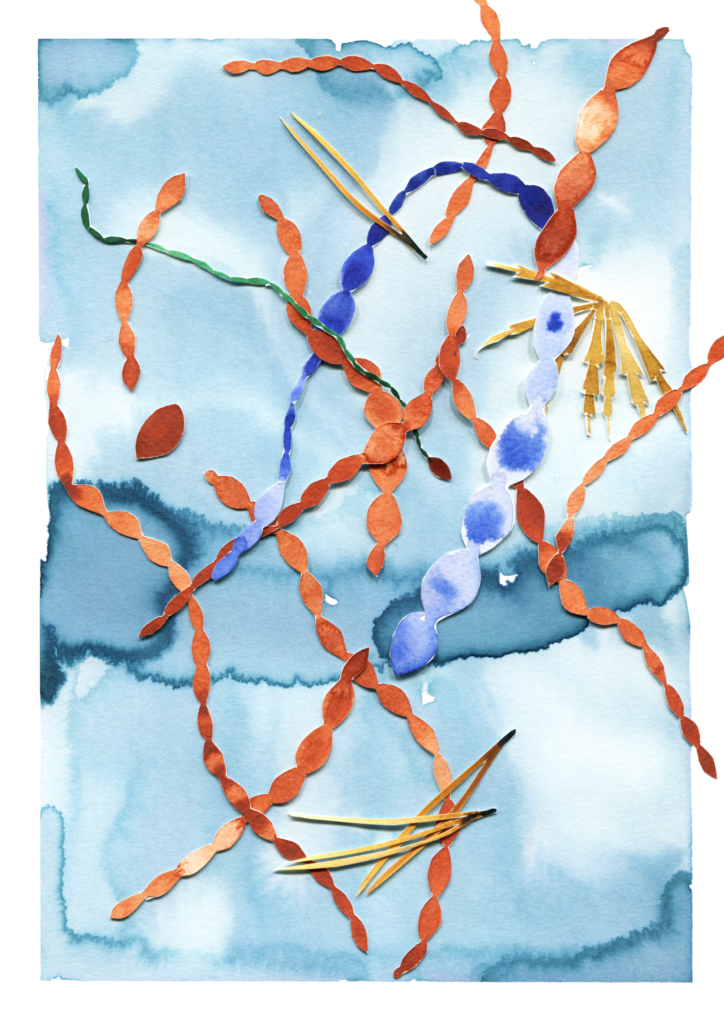

Emotional Rhythm
(20 min)
Aims:
To develop distance between oneself and one’s own environmental
emotion by the means of language play. To
lighten up a serious theme by introducing a humoristic
exercise as a change of pace. The exercise is well-suited as
an additional exercise after the Stream of Consciousness on
Environmental Emotions exercise or the Emotional Mind
Map exercise. Lower and upper secondary school: the
exercise develops the transverse competences aims cultural
competence, interaction and self-expression as well as well-being
competence and interaction competence. Literary art basic
education: the exercise develops the aim own voice as a
writer – the exercise introduces production of experimental
texts utilising constraints and exploring textual rhythm.
Exercise (20 minutes):
1. Choose one of the environmental emotions that you
have noted either in your stream of consciousness or in
your mind map. Letting the words flow without slowing
down to edit your thoughts, write a text seven lines in
length that describes this emotion in more detail.
2. Use the following scheme to create a new text that is based on the text you just wrote.
1) Copy lines 1 and 2 of your original text as they are.
2) Pick two consecutive words from line 2 of your original
text, and make them line 3 of your new text.
3) For line 4 of your new text, repeat line 3 of your original
text as it is.
4) Pick two more words from line 2 of your original text
and make them the new line 5.
5) For line 6 of your new text, repeat line 4 of your original
text as it is.
6) Pick 2 random syllables or letters from line 4 of your
original text and repeat them several times in an arbitrary
order for lines 7 and 8 of the new text.
7) Pick 3 words from line 5 of your original text and create
lines 9-13 of the new text using just those 3 words in a
random order word flow.
8) Next, repeat line 1 of your original text to create line 14
of the new text.
9) Pick one word from line 6 of your original text and
make that your line 15.
10) For line 16 of the new text, first take the first 2 words of
line 1 of your original text, then add the last two words of
line 7 of your original text after them.
The stone from my childhood represents to me some kind of
connection with nature.
Now climate change makes me frustrated and angry –
Frustrated and
Adversarial politics rises anger
Makes furious
When I think about climate change, I think about its effect on
the entire world.
think cli-cli-cli-cli-think-cli-cli-cli-cli think-think
cli-cli-cli think-cli cli-cli think-cli-think cli-cli cli-think-cli
Childhood stone rises rises stone childhood
rises stone stone stone
risesrisesrises rises rises
childhood rises childhood
stonestonestonestonestone childhood
The stone from my childhood represents to me some kind of
connection with nature.
Tattoo
The stone over frustration?
A poem created using the rhythm scheme. By a participant of the Ilmastonmuutos minussa (“climate change in me”) course at the Adult Education Centre of the City of Helsinki, 2019, course instructor: Henna Laininen.
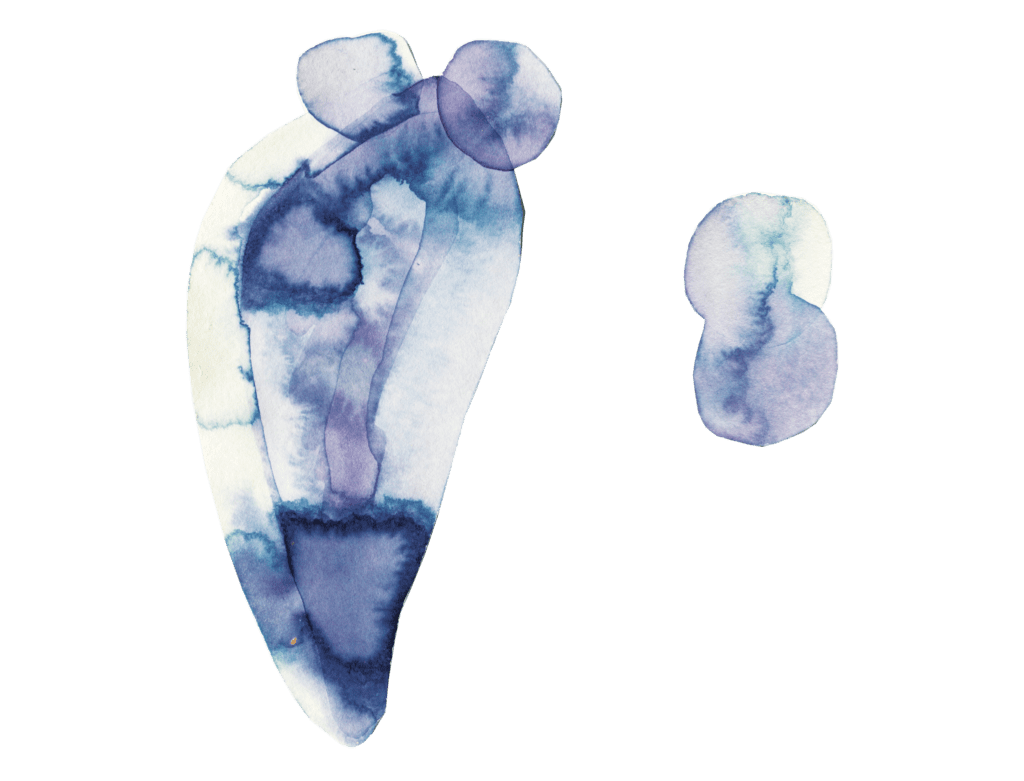

Dictionary Definition
for an Environmental Emotion
(30 min)
Aims:
To work towards a more accurate verbalization of one’s
own emotion and consider it from various perspectives.
As a form, the dictionary definition helps create distance
between the emotion and the individual experiencing it.
The exercise is well-suited as an additional exercise after
the Stream of Consciousness on Environmental Emotions
exercise or the Emotional Mind Map exercise. Lower and
upper secondary school: the exercise develops the transverse
competences aims cultural competence, interaction and
self-expression as well as well-being competence and interaction
competence. Literary art basic education: the exercise
develops the aim own voice as a writer – the exercise lets
the learner practise verbalizing their own emotions,
introduces dictionary definition as a text type, and invites
participants to create new words.
Tuning in (5 minutes):
Read the dictionary definitions for environmental emotions ”Heatening” and ”Onety” (at the end of this exercise).
Exercise (15 minutes):
From your stream of consciousness or your mind map,
choose one emotion you want to examine in more detail.
With the help of the following questions, try to write a
dictionary definition for that emotion:
– What name would describe the emotion most accurately?
– What are the types of situations that inspire this emotion?
– What sorts of bodily sensations is the emotion
accompanied by?
– How long does the emotion generally last?
– How intensive is the emotion usually?
– What sort of outward behaviour can the emotion
manifest as?
– Is it appropriate to display this emotion in various
situations?
– How wide-spread is the emotion among various
demographic groups?
– How could this emotion be put to use?
Debriefing (10 minutes)
(in case the additional exercise Freeze Frames on Environmental Emotions is omitted):
a) In pairs:
The participants split into pairs and read their texts to
each other or tell about the contents of their definition in
their own words (see the Alternative debriefing method
for the Emotional Mind Map exercise.
b) In a group:
Participants are asked to volunteer to read their texts
out loud or to reveal the name they have given to their
emotion. The emotion-words invented by the group can
be collected as a list on the board.
c) Individually:
When you’re ready, read your text silently in your head.
How did you feel, writing this text? Who would you like
to read this text to or to tell about this emotion of yours?
Who could be the appropriate listener: the teacher of the
group, a family member, a household pet, or a tree that
grows by your walking route? Do remember that it is a
good idea to have an open and accepting attitude towards
your emotions. There is no need to attempt to change
them, and just talking about your emotions to someone
you trust can already make you feel better.
The idea of the exercise is based on the Utopedia glossary by the group Rakkaudesta. See: www.utopedia.fi. Exercise was further developed and adapted for this teaching material by Henna Laininen.
Heatening
The way in which the notions of burning oil, a warming
planet, environmental destruction, and growing desire
meld. Hot weather, hot bodies. Burning oil, burning love.
Accelerating development and carnal excitement. The beauty
of disappearing
species and bound bodies.
Pleasure tied to the destruction of nature. A gambler is
heatened by the rising of the stakes and an unfaithful lover
by the risk of getting caught. Today’s humans are heatened
by their own way of living. They have amassed riches, but it
is possible to lose everything in an instant. Being constantly
haunted by the sense of doing something that is forbidden while
that very thing also feels so lovely, and it is too late to back off
anyway. The roulette wheel spins, the permafrost melts, the
Earth looks like a gambling chip when viewed from
space.
By Matias Riikonen, from the Utopedia glossary by the group Rakkaudesta, www.utopedia.fi.
Onety
A state in which a human becomes aware that they are a temporary combination of natural phenomena and creatures, and a part of a larger whole that surpasses the borders of thinking. In onety, nature breathes through the human, and the human opens up to the existence of microbes, the atmosphere, solar radiation, the run of elks, and the growth of moss, because they are all component parts of the human. In onety, the borders between the species break. Under onety the human recognizes that they are on the move, that they are a part of an organic landslide along with foxes, black-throated loons, bees, fish, bishop’s weed, and pines, and looks at themselves through other creatures. Onety prevents destruction.
By Elisa Aaltola, from the Utopedia glossary by the group Rakkaudesta, www.utopedia.fi..

Freeze Frames on Environmental Emotions (30 min)
Aims:
To experiment with the physical expression of environmental
emotions and to learn being seen with one’s own
emotions. Physical expression helps to channel emotion,
introduces humour to lighten up addressing a serious
topic and can help strengthen group spirit, if the atmosphere
in the group is safe to begin with. The exercise
is suited for groups whose members enjoy performing.
The exercise can be done, for instance, as an additional
exercise after the Emotional Mind Map exercise or the
Dictionary Definition for an Environmental Emotion
exercise. Lower and upper secondary school: the exercise
develops the transverse competences aims cultural competence,
interaction and self-expression as well as well-being
competence, interaction competence and multidisciplinary
creative competence. Literary art basic education: the
exercise develops the aim own voice as a writer – the
exercise includes experimenting with physical expression
of texts, using drama as a method.
In small groups (3–5 individuals):
Group members volunteer to read their dictionary definitions
to each other or to tell about their environmental
emotions in their own words. After this, the group works
together to come up with ideas for a “live freeze frame”
based on the environmental emotions that the members have introduced. The freeze frame can portray a number
of the group’s environmental emotions or just one of
them. For the freeze frame, each member of the group
assumes a position that portrays or describes an environmental
emotion. The freeze frame can also come alive
with movement and sound, if the group members so
decide. The freeze frames are performed to the other
groups and after this, the group can either read the
dictionary definitions out loud or introduce the environmental
emotions portrayed in the freeze frame in a more
informal manner. At the end of each group’s turn, their
freeze frame gets a round of applause. The teacher should
remind the participants that not all group members are
required to perform: other possible roles include a reader
of the texts or a director of the freeze frame.
Debriefing:
After each performance, the audience has an opportunity
to tell what they liked about the performance and the texts.
Before the feedback is given, the teacher reminds participants
that the idea is to offer positive, supportive feedback.
The idea for this exercise comes from researcher, drama educator Anna Lehtonen, and the exercise has been further developed and adapted for this teaching material by Henna Laininen.
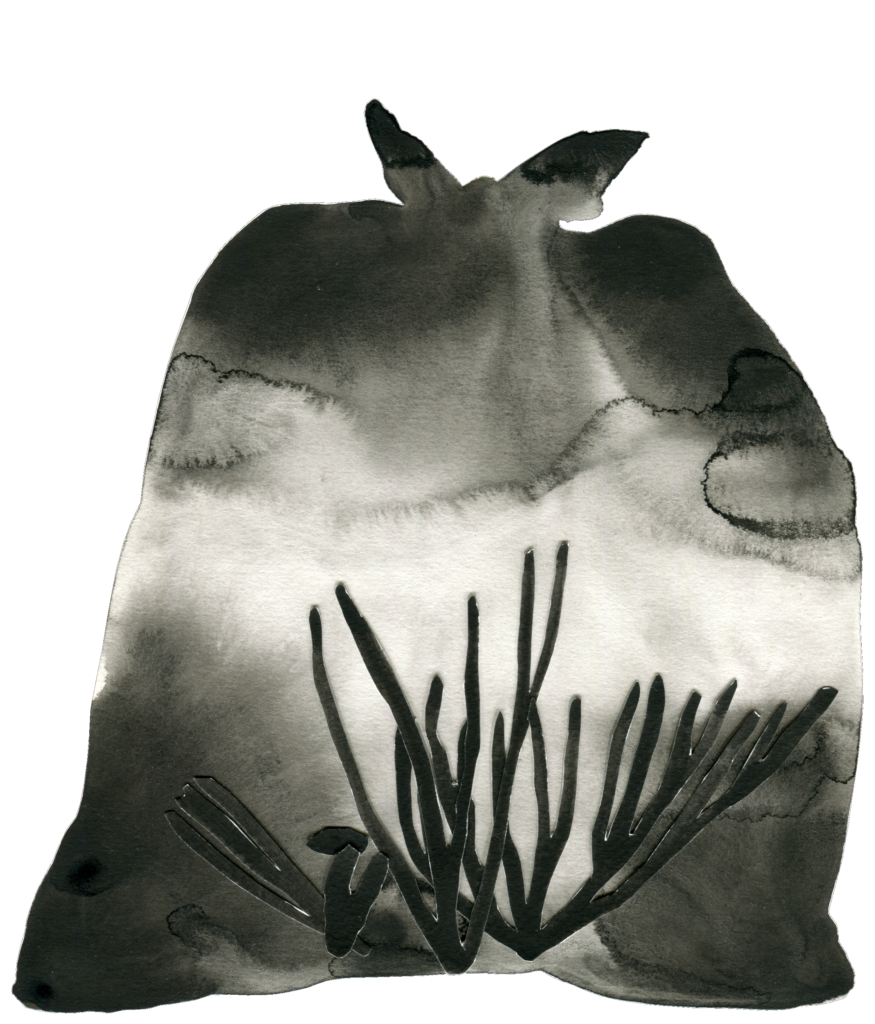

Connection with Nature:
Nature Poems
(75 min)
Aims:
The aim of the exercise is to strengthen the connection
with nature by moving out in nature while focusing on
various sensory experiences. The exercise is also suited
for relaxation and recovery, if previous lessons have dealt
with more serious and demanding themes such as environmental
emotions. Upper and lower secondary school:
the exercise develops the transverse competences aims
cultural competence, interaction and self-expression; taking
care of oneself and managing daily life, as well as well-being
competence, interaction competence and ethical and environmental
competence. Literary art basic education: the
exercise develops the aims development as a literary artist
and own voice as a writer – the exercise introduces sensitive
observation of the environment utilizing various
senses as well as poetry as a literary genre, and experiments
with environment-based writing and expands the
participants’ vocabulary.
Tuning in (5 minutes):
Read the nature poems by Risto Rasa at the end of this exercise.
Is there a poem that you particularly like? Why?
Exercise (60 minutes):
Take a walk in nature near your home or school. Have
note-taking
equipment with you. During your walk, record:
1) Sensory observations:
What do you see, hear, feel,
taste, or smell? If you observe something interesting, you
can stop and focus on it in more detail. Listen to birdsong
with your eyes closed, feel the surface of a tree trunk or
moss, taste a plant or a berry that you are familiar with
and know to be edible.
2) Surprising details:
Which details in nature grab your
attention, and what associations do they bring to your
mind? Record also the weirder observations: “A yellow leaf
looks like the face of a smiling old man”, “Orange liquid is
oozing from a tree stump, I wonder if it’s poisonous?”
3) Emotions: How does moving in nature make you feel today? Does some detail of nature that you have observed spark new emotions? What might the plants or animals that you have encountered feel? Record your observations: “I feel joy at finding chanterelles”, “I’m still grumpy about not sleeping well last night”, “I wonder if that squirrel misses his friends”.
Next, return indoors and create a poem where you quote from your notes, using material from all points of the list above: sensory observations, details, and emotions. You can use the following scheme:
1) Describe a detail in nature.
2) Relate a sensory observation about nature.
3) Reveal an emotion or insight related to the situation.
You can also add new words to the poem and use the list of Empowering Environmental Emotions. Perhaps some of the words on the list could work well for describing the emotions you experienced in nature?
Debriefing (10 minutes):
Either in pairs or in small groups, read the poems and
discuss them. Was there a part of the poem that was particularly
memorable to you? What did you like about the poem?

The sunlight is yellow now
it gives the pine trunks
on the opposite bank
a bright glow.
And the forest is as if scents
were being cooked
Up on a birch branch
a burl that’s shaped like an ear,
seems to be lis’ning
A decayed tree.
A woodpecker, climbing the trunk,
studies the menu of a woodworm.
In the grass. I see a tree and blue sky.
A small cloud.
It probably won’t dare to pass over me alone.
Greenflies nap
in the foliage.
The forest is full of
the sound of hearts.
Night after night,
the forest darkens.
Off a shrub,
an ant twists off
a raw lingonberry
for a lamp to the anthill.
Birds write
the book of changes,
leave it unfinished,
the trees take over.
When it’s almost finished,
snow takes it over,
starts from the beginning.
Risto Rasa: Tuhat purjetta: kootut runot ( “A thousand sails: collected poems”) (Otava Publishing Company, 1992)

–> A Sustainable Future <–
